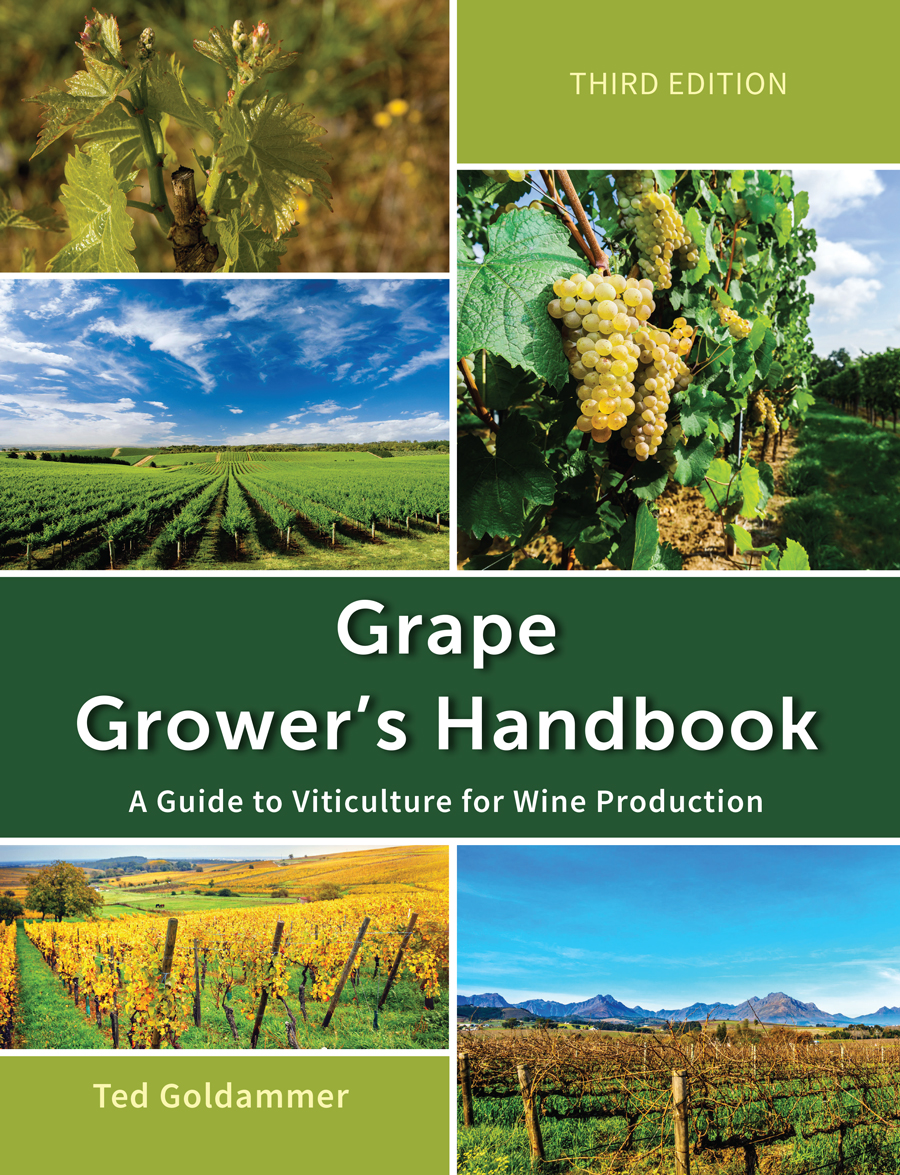Irrigation Scheduling of Grapevines
Tensiometers
A tensiometer is an instrument that indirectly measures soil moisture tension. A tensiometer consists of a cylindrical pipe with a porous cup attached to one end and a vacuum gauge attached to the other. As water is drawn from the ceramic cup by tension, a partial vacuum is created in the tube, thus enabling the tension to be measured by the vacuum gauge. The porous cup is normally constructed of ceramic because of its structural strength as well as permeability to water flow. The body tube is normally transparent so that water within the tensiometer can easily be seen.
Principles of Operation
The porous cup allows water to flow in and out of the tensiometer as the soil moisture content changes. As the soil dries, water potential decreases (tension increases) and the tensiometer vacuum gauge reading increases.
Placement of Monitoring Sites
Tensiometers are placed at strategic locations within the vineyard row under the trellis. Because of differences in soil and vine characteristics, several measurement sites may be required to adequately assess the water status of large vineyards.
Installation
The tensiometer can be a useful instrument for irrigation scheduling only if it is properly installed in the vineyard. The porous cup should be soaked in water for several hours before installation. The end of the tensiometer having the porous cup is inserted at the depth desired through a pilot hole, made with a soil coring tool of the proper dimensions provided by the manufacture.
Readings
Tensiometers are best read at the same time each day, preferably in the morning, and the readings plotted on a chart for reference. Plotting the daily readings will indicate the trend in the soil moisture level and will indicate when to irrigate.
Maintenance
Tensiometers must be properly maintained and from time to time may need occasional refilling with water. The best time to add water is after irrigating when the vacuum is low. After refilling with water, the vacuum pump may be used to remove air bubbles. Occasionally the O-rings and porous cups need replacing.
Click on the following topics for more information on irrigation scheduling of grapevines.

